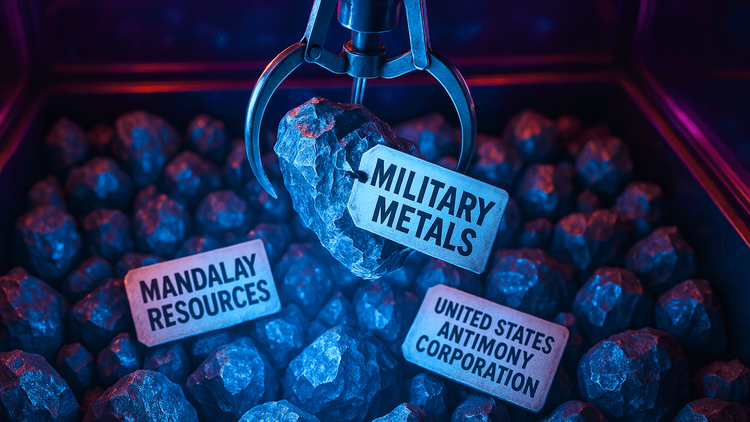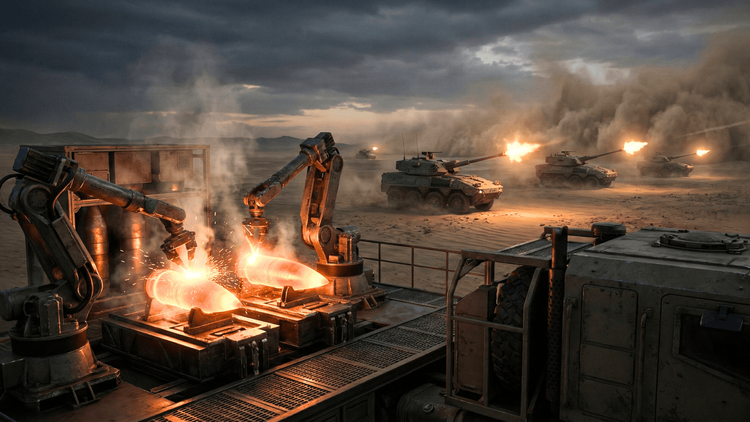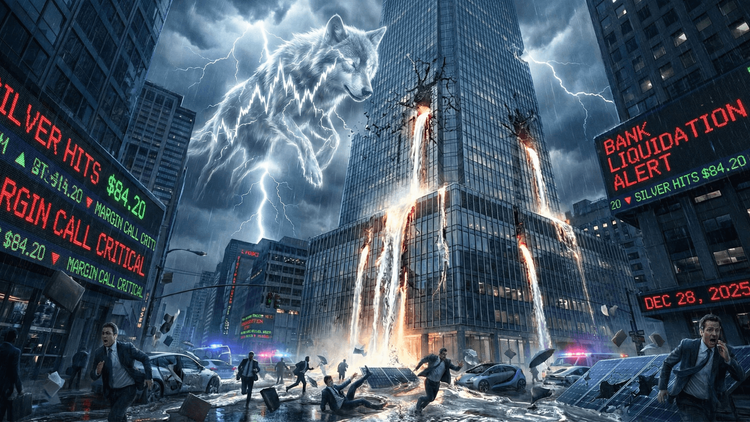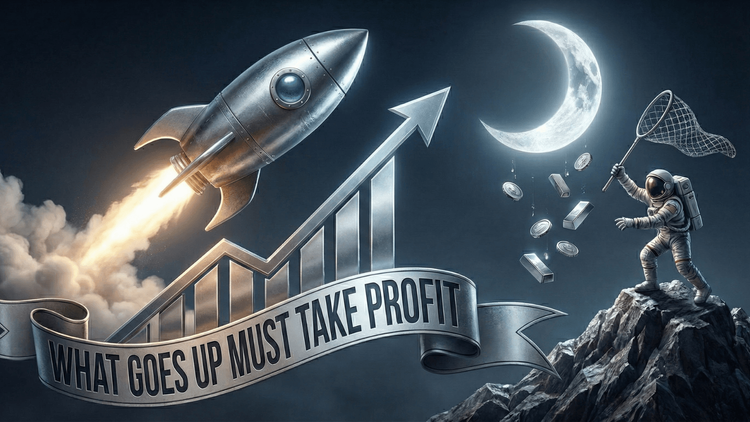The Stories That Shaped Nuclear Energy in 2024
A month-by-month breakdown of nuclear energy's key milestones in 2024, from fusion breakthroughs to SMR advancements.

The year 2024 proved to be a groundbreaking year for nuclear energy, showcasing strides in technology, policy, and innovation. From small modular reactors (SMRs) to fusion energy and global collaboration, each month brought significant developments that underscored nuclear power's growing role in the clean energy transition. Below, we break down the key moments month by month.
January: Bold Commitments from the UK and China
The UK launched a roadmap targeting 24 GWe of nuclear capacity by 2050, representing 25% of its electricity demand. This announcement signaled a renewed focus on nuclear as a cornerstone of the country's energy strategy. Meanwhile, EDF revealed updated timelines and costs for the Hinkley Point C project, emphasizing the complexities of nuclear mega-projects.
In China, Beijing Betavolt New Energy Technology announced plans for a miniature atomic energy battery, hinting at revolutionary potential in portable and long-lasting energy solutions.
February: Advancing SMRs and Fusion
The Czech Republic's nuclear tender narrowed to EDF and KHNP, setting the stage for a pivotal decision in its energy future. Meanwhile, Westinghouse and Community Nuclear Power Limited forged a partnership to deploy AP300 SMRs in northeast England.
In the US, Type One Energy Group unveiled plans for the Infinity One stellarator fusion prototype, further pushing the boundaries of fusion research. A pioneering welding technique also made headlines, promising to enhance efficiency in nuclear construction.
March: Global Summit and Fast Breeder Milestones
A significant highlight was the Nuclear Energy Summit, co-hosted by the International Atomic Energy Agency (IAEA) and Belgium, bringing together 32 national leaders. This summit marked a key moment in cementing nuclear energy's role in global energy strategies.
India achieved a milestone with the commencement of fuel loading at its 500 MWe Prototype Fast Breeder Reactor, reflecting its ambitions in advanced nuclear technologies. Additionally, California’s Longview Fusion Energy Systems partnered with Fluor Corporation to design the world's first commercial laser fusion power plant.
April: New Builds Lead the Way
South Korea's Shin Hanul Unit 2 and the US’s Vogtle 4 AP1000 both entered commercial operation, showcasing the global momentum behind new nuclear builds. TerraPower submitted its application for the Natrium reactor project in Wyoming, blending innovation with legacy energy infrastructure.
In Europe, Ukraine advanced its Westinghouse AP1000 projects, while the UK Nuclear Industry Association sought approval for Newcleo's lead-cooled fast reactor. These developments underscored nuclear’s role in regional energy security.
May: Geopolitics and Industry Progress
The US Senate passed the Prohibiting Russian Uranium Imports Act, a geopolitical move with far-reaching implications for the global nuclear fuel supply chain. This legislation was accompanied by significant industry milestones, including Poland's advancements in SMRs using Rolls-Royce technology and the completion of El Dabaa Unit 1's containment structure in Egypt.
June: Fusion and District Heating Frontiers
Finland announced plans to construct its first district heating reactor, while the US’s TerraPower broke ground on its Natrium project. Fusion developments also gained traction with updated project plans for the International Thermonuclear Experimental Reactor, aiming for deuterium-deuterium fusion by 2035.
EDF’s acquisition of GE Vernova's nuclear technology division highlighted industry consolidation, further strengthening capabilities for large-scale nuclear projects.
July: Major Wins for SMRs
South Korea's KHNP secured a win in the Czech Republic’s nuclear tender for at least two new power units, underscoring its global competitiveness. EDF announced plans to enhance its Nuward SMR design with proven technologies, signaling a shift towards practical and scalable solutions.
In the US, Southern Nuclear celebrated the completion of Vogtle Units 3 and 4, the first new nuclear power units in over 30 years. These achievements offer valuable lessons for future nuclear projects.
August: Non-Light-Water Reactors Make Waves
Kairos Power began excavation for its Hermes Low-Power Demonstration Reactor, marking the first permitted non-light-water reactor in the US in over five decades. Meanwhile, China approved five major nuclear projects, adding 11 reactors to its pipeline, and South Africa paused its nuclear procurement process amid financial and regulatory reviews.
September: Financial Institutions Rally Behind Nuclear
Fourteen global financial institutions endorsed the goal of tripling nuclear capacity by 2050 during New York Climate Week. This bold declaration opened new channels for engaging organizations like the World Bank in supporting nuclear as a clean energy solution. The UAE’s Barakah Unit 4 entered commercial operation, while Rolls-Royce SMR gained traction in both the Czech Republic and the UK, demonstrating the growing appeal of modular nuclear solutions.
October: Big Tech Bets on Nuclear
Amazon, Google, and Microsoft announced investments in nuclear energy to power data centers with carbon-free 24/7 energy. Deep Atomic unveiled its data-center-focused MK60 SMR, illustrating nuclear’s potential to meet the growing energy demands of the digital age. Kazakhstan held a referendum supporting new nuclear projects, and the European Industrial Alliance selected its first SMR initiatives, reflecting a broader shift toward scalable nuclear technologies.
November: CAP1400 Achieves Grid Connection
China's Guohe One (CAP1400) reactor connected to the grid, demonstrating advancements in pressurized water reactor technology. At COP29 in Azerbaijan, six more nations signed the Net Zero Nuclear declaration, emphasizing nuclear’s role in achieving decarbonization goals.
December: A Year-Ending Milestone
France's long-delayed Flamanville 3 EPR reactor began delivering electricity to the grid, capping a transformative year for nuclear energy. Meta’s search for 4 GW of nuclear capacity highlighted the growing interest from tech giants in sustainable power solutions.
Conclusion: A Defining Year for Nuclear Energy
The year 2024 solidified nuclear energy's role in global energy strategies, showcasing advancements in technology, policy, and collaboration. With increasing investments, groundbreaking projects, and strong global support, the momentum promises to continue into 2025 and beyond.
Source: World Nuclear News






